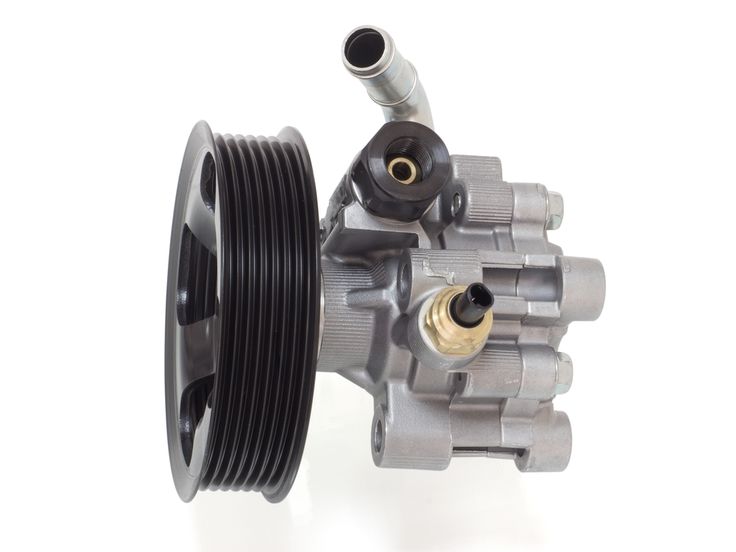Repair instructions
What Does Pumping the Brakes Mean?
Understanding Pumping the Brakes
Pumping the brakes refers to repeatedly pressing and releasing the brake pedal in quick succession. This technique was commonly used in older vehicles before the introduction of anti-lock braking systems (ABS) to prevent wheel lockup. However, in modern vehicles, needing to pump the brakes can indicate an underlying issue with the braking system that requires professional attention.

Why Do You Need to Pump the Brakes?
A properly functioning brake system relies on hydraulic pressure to effectively stop your vehicle. When there is insufficient pressure due to a problem in the system, the brake pedal may feel spongy, sink to the floor, or require multiple presses to engage properly. Pumping the brakes temporarily builds pressure, but it is not a solution to the root cause.
Common causes of insufficient brake pressure include:
- Low brake fluid levels
- Air bubbles in the brake lines
- Moisture contamination in the brake fluid
- Malfunctioning master cylinder
- Faulty bleeder valves
Common Issues That Lead to Pumping the Brakes
1. Low Brake Fluid
A drop in brake fluid level is often caused by a leak in the system. Inspect areas such as the brake calipers, master cylinder, and brake lines for any visible signs of leakage. If fluid loss is detected, the damaged components should be repaired or replaced immediately.
2. Air in the Brake Lines
Air pockets in the brake lines compromise the hydraulic pressure, causing the pedal to feel soft or spongy. This can result from improper brake bleeding, worn seals, or moisture contamination. Properly bleeding the brake system will remove trapped air and restore optimal performance.
3. Moisture Contamination
Brake fluid is hygroscopic, meaning it naturally absorbs moisture over time. Excess moisture lowers the boiling point of the fluid, leading to vaporization under high temperatures. The presence of air bubbles from vaporized moisture reduces braking efficiency and may require you to pump the pedal to achieve stopping power. Regular brake fluid replacement is essential to prevent this issue.
4. Master Cylinder Malfunction
The master cylinder generates hydraulic pressure when you press the brake pedal. If it begins to fail, the system cannot maintain adequate pressure, forcing you to pump the brakes. A failing master cylinder should be diagnosed and replaced by a professional technician to ensure safety.
5. Bleeder Valve Issues
The bleeder valve allows air to escape during the brake bleeding process. A damaged or improperly sealed valve can introduce air into the system, leading to a loss of hydraulic pressure. A worn-out bleeder valve should be replaced to prevent fluid leaks and air intrusion.
How to Fix Pumping Brake Issues
If you notice that you need to pump the brakes to stop your vehicle, do not ignore the warning signs. Here’s what you should do:
- Check the Brake Fluid Level – If low, refill with the recommended brake fluid and inspect for leaks.
- Bleed the Brakes – Remove air from the brake system using the proper bleeding procedure.
- Inspect the Master Cylinder – If the brake pedal rises while pumping, the master cylinder may be failing.
- Examine the Brake Lines and Components – Look for leaks, cracks, or worn seals.
- Replace Contaminated Brake Fluid – If moisture buildup is suspected, flush and replace the fluid.
When to Seek Professional Help
Pumping the brakes is a temporary measure and should not be relied upon as a solution to braking issues. If your brake pedal feels spongy, sinks to the floor, or requires pumping to stop the vehicle, consult a certified mechanic immediately. A thorough inspection and repair of the braking system will ensure your vehicle remains safe and roadworthy.
